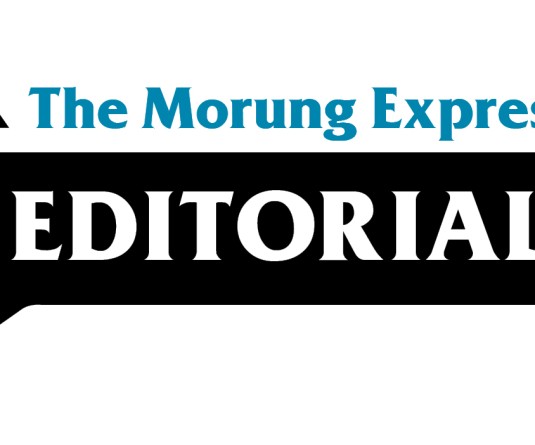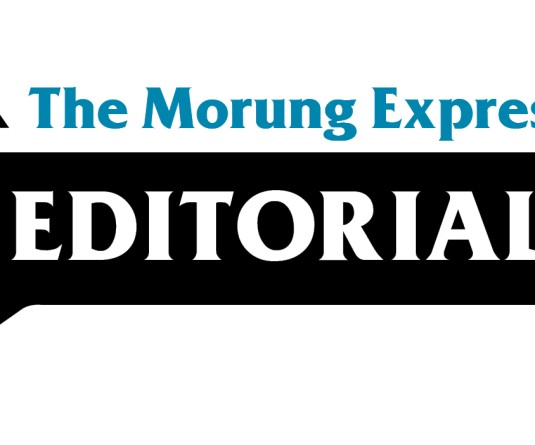
At the Silver Jubilee celebration of the Association of Nagaland Architects (ANA), Chief Minister Dr Neiphiu Rio, on October 25, called upon architects to take the lead in designing earthquake-resilient and affordable housing for the State. Reminding that the State’s seismic vulnerability “is not a statistic in a manual” but a lived reality, he pressed architects to go beyond routine compliance and be at the forefront of innovation. He described the need for safe and dignified housing as a “social imperative,” urging the use of local materials and modular designs.
As a State lying in the Earthquake Zone V, the call is timely. Yet, the responsibility for achieving it cannot rest on architects alone. For such a vision to work, the State must move beyond ceremonial appeals and provide clear frameworks, financial incentives, and regulatory consistency. Otherwise, the call for “affordable, earthquake-resistant homes” risks remaining another rhetorical flourish at a jubilee function.
At the same time, it reflects a familiar pattern in the State’s development narrative: grand exhortations handed to professionals, while the government itself struggles to match words with coherent policy and planning. This dissonance becomes starker when placed against the government’s own recent Rs 250 crore proposal to transform Dzükou Valley into a “world-class” eco-tourism destination. For a site revered for its pristine ecosystem, the project’s scale feels out of sync with the sustainability ideals the State so freely invokes.
The irony is almost architectural: while one arm of government speaks of designing modest, resilient homes for ordinary citizens, another promotes luxury “eco” resorts in one of Nagaland’s most fragile environments.
Incidentally, as the State’s official nomination for the national “Development of 50 Tourist Destinations of Global Standards” initiative, the proposal envisions the construction of an eco-friendly luxury hotel, other tourist facilities, and supporting infrastructure designed to enhance accessibility and visitor experience,” all while promising to preserve the valley’s pristine natural ecosystem.
The contradiction exposes the State’s fragmented approach to development. On one hand, leaders speak of safety, affordability, and contextual design; on the other, they chase projects that risk eroding both identity and ecology. Has any serious environmental or cost-benefit assessment been undertaken for the Dzükou proposal? Were local communities genuinely consulted to make an informed decision, or are they merely expected to be wooed by the impressive price tag of the project, if approved? Several concerns linger.
If history is any indicator, Nagaland’s development projects often begin with enthusiasm and end in inertia. The four-laning of National Highway-29, delayed for years, with nature as one of the main contributing factors, stands as a cautionary tale. It should remind policymakers of the risks of embarking on large-scale undertakings without adequate groundwork, consultation, or transparency.
For sustainable development to move beyond slogans, the State Government must adopt the very principles it urges upon architects such as contextual planning, careful design, and community involvement. It must strengthen local governance mechanisms, demand accountability in project execution, and encourage public participation from conception to completion. Handing architects the task of “innovation” without corresponding policy and institutional support is little more than passing the buck.
Nagaland’s future lies not in grand budgets or ceremonial promises but in consistency. The government must decide whether it wishes to build safe, sustainable communities or chase prestige projects that undermine its own rhetoric. Between resilience and recklessness, the choice remains the government’s to make. The architects may design the blueprints, but it is the State that must first learn to build responsibly.
For any feedback, drop a line to jamir.moa@gmail.com





